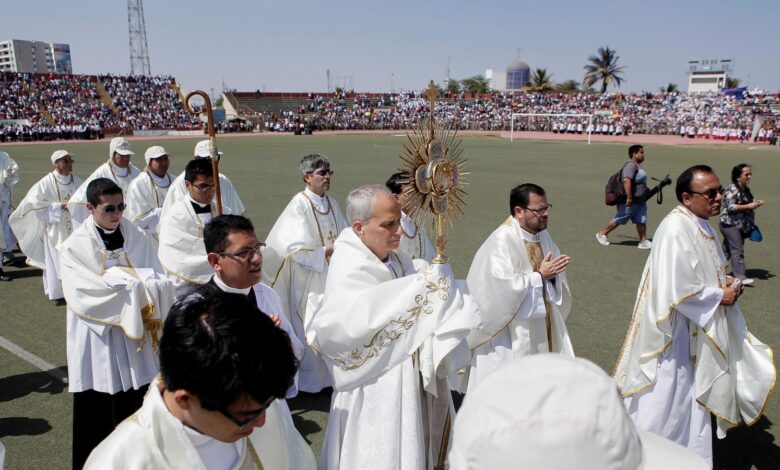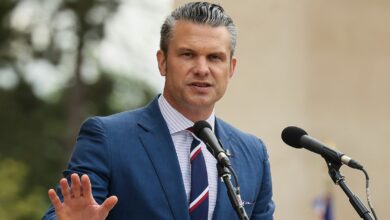How the Vatican manages money and where Pope Leo XIV might find more

Vatican City Struggles with Financial Woes
The world’s smallest country, Vatican City, is facing significant financial challenges. Unlike other nations, Vatican City does not impose taxes on its residents or issue bonds. Its primary source of funding comes from donations, ticket sales at the Vatican Museums, investments, and real estate income, which have all been declining.
In 2022, the Holy See projected a budget of 770 million euros, with a major portion allocated to embassies and Vatican media operations. However, the Vatican has been unable to cover its expenses in recent years, leading to financial deficits.
Pope Leo XIV is now tasked with finding ways to generate the necessary funds to stabilize the city-state’s finances. While anyone can donate to the Vatican, the main sources of contributions include annual fees paid by bishops worldwide and the well-known Peter’s Pence collection.
Despite facing a decline in donations, Vatican officials remain optimistic about increased contributions in the future. Efforts are being made to attract donations from outside the U.S. and to address the cultural differences in philanthropic traditions.
In addition to donations, the Vatican owns numerous properties, with a significant portion generating little to no income. Financial experts suggest that leveraging these real estate assets could provide a much-needed revenue boost.
However, there is hesitance within the Vatican to part with these properties, even those that are financially unsustainable. The challenge remains to strike a balance between maintaining historical assets and ensuring financial stability.
Overall, the Vatican is in a period of transition, seeking innovative solutions to address its budgetary shortcomings while upholding its mission as a religious institution.
Associated Press religion coverage is made possible through a collaboration with The Conversation US, supported by funding from Lilly Endowment Inc.





